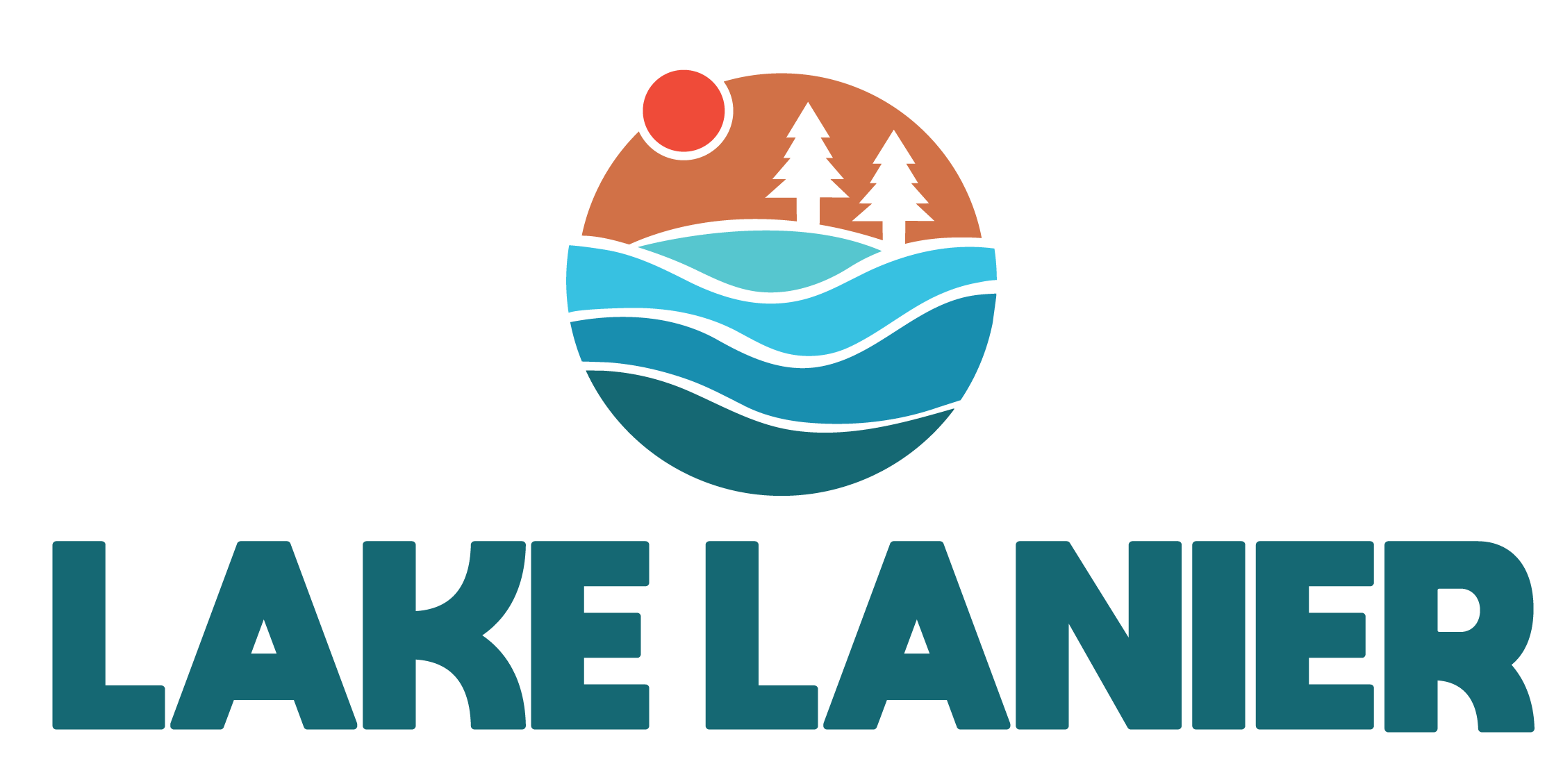
There was a time when the word “budget” brought to mind folks who were poor and couldn’t afford goods and services that the rest of us took for granted.
Now, if you’re not on some sort of budget you’re probably headed for financial doom when your credit limits max out.
Acquiring more and more stuff is fun and exciting … until it comes time for “regular maintenance” after the shine wears off. That’s when it’s time to unload some of your goodies because you cannot afford to keep them up.
Something similar is facing the U.S. Army Corps of Engineers (ACE) at Lake Lanier. There are dozens of parks along the almost 700-mile shoreline. We all expect clean restrooms, the grass to be cut, bright lights, garbage pails that never overflow and enough park rangers to keep the rowdies from getting too rowdy.
Folks along the lake can get rid of stuff by having a yard sale. If you can’t sell your zillion dollar house, you can auction it off — as these folks did.
It’s a bit more tough for the ACE to make ends meet when income is cut and expenses continue to rise.
The Corps’ Lake Lanier Operations Project Manager Tim Rainey has concerns about how the ACE will be able to provide service to so many parks in the future. One answer is to partner with other groups to manage parks, instead of closing them. Areas might be leased or sold, should the budgetary needs require such extreme actions.
Terms such as “cooperative management” are being used to describe how the ACE could retain ownership, but share responsibilities for a recreation area with other agencies or organizations.
The ACE has developed the National Recreation Adjustment Plan which has five main components:
- Optimizing operations and maintenance to manage resources within the NRM program
- Provide the highest value to the nation and return on investment to the public
- Identify incentives for implementing efficiencies
- Review and adjust labor distribution, expenditures and functionality
- Leverage resources through innovative financing and partnerships
The ACE operates 4,254 recreation areas located at 422 Corps lakes and rivers in 43 states. In fiscal year 2009, 1,872 recreation areas/facilities on Corps lakes were managed by others; 63% of these were state or local parks.
In the future, the ACE will consider whether it is best to:
- Repair
- Replace
- Retire or
- Divest
its assets nationwide.
The ACE’s idea to consider leasing some areas is not new. Here are two quotes from a report published in April 2008:
- “Recreational opportunities will continue to be provided throughout the country, through a variety of operational alternatives that include leases, partnering, and direct delivery.”
-
“As a result of budget realities, it is necessary for the Corps to change the way it delivers recreation services to the American public. While there have been some changes in the recreation program over the last 20 years, beginning in 2008, funding levels necessitate a number of changes in on-the-ground operations at a growing number of recreation areas. Looking ahead, it became evident that the downward trend in funding would continue and that a national strategy was needed to guide future program and operational changes.”
Will the Corps “divest or lease” Parks on Lake Lanier to manage its budget? As my father would say, “We shall see. We shall see.”


